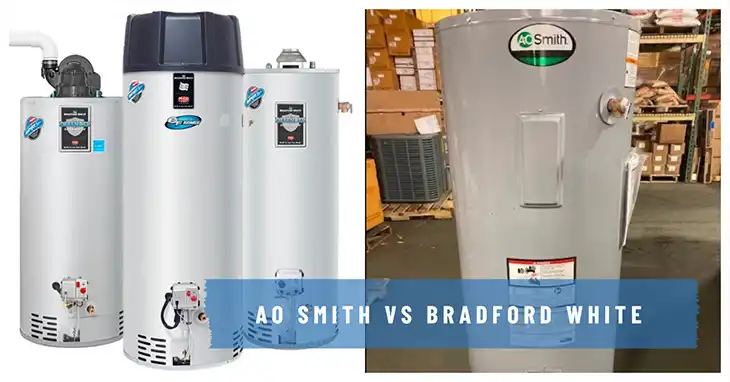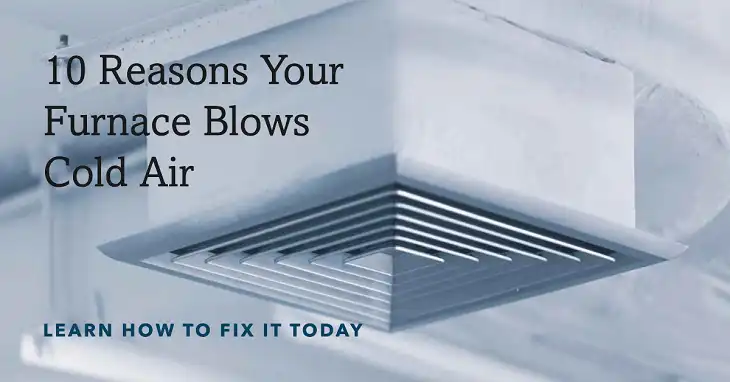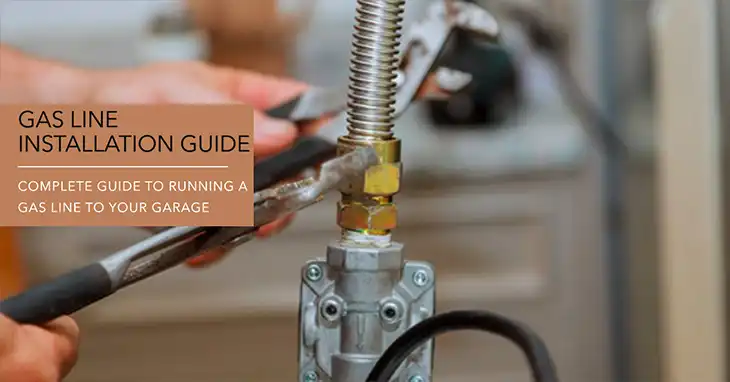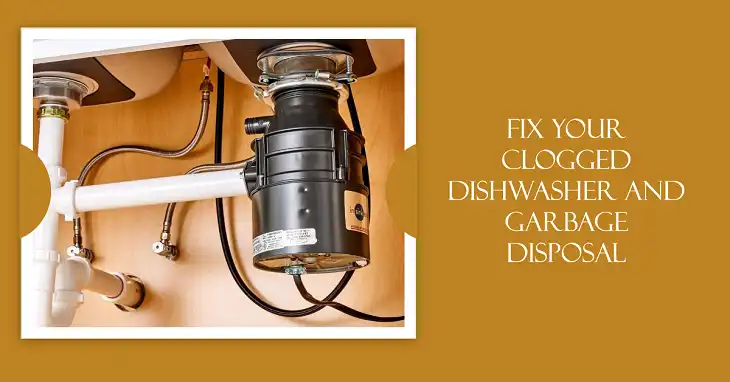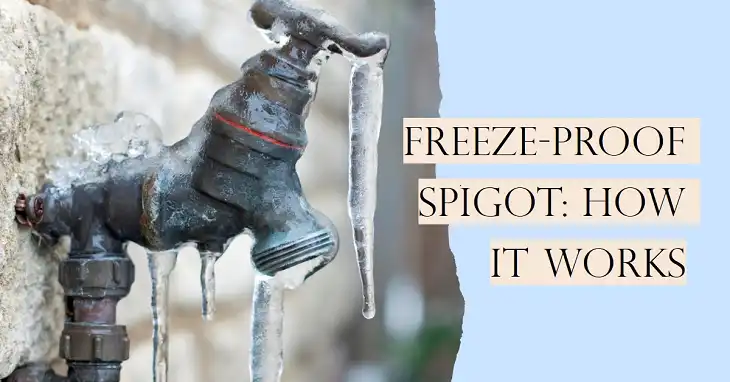How to Fix Backdrafting Water Heater
When it comes to home safety, few issues are as concerning as backdrafting in a water heater. This dangerous phenomenon occurs when combustion gases, including the odorless and deadly carbon monoxide, flow back into your living space instead of venting outdoors. Not only does backdrafting pose a severe health hazard, but it can also lead to property damage if left unchecked.
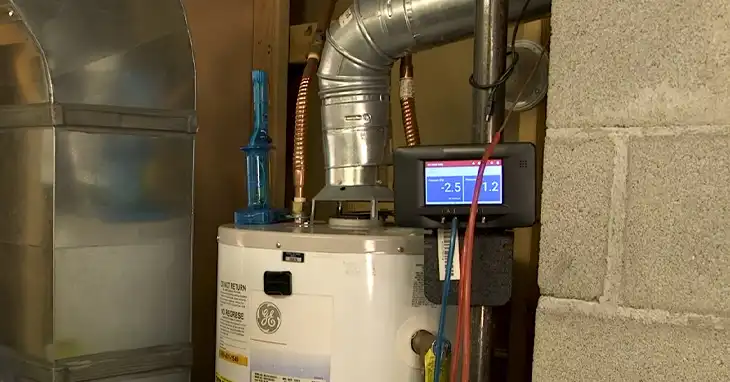
What Is Backdrafting in a Water Heater?
Backdrafting in a water heater happens when the flue gases, produced during the combustion process, fail to vent properly and instead flow back into your home. These gases can contain carbon monoxide, a colorless and odorless gas that can quickly build up to hazardous levels, causing headaches, nausea, dizziness, and even death in severe cases.
Imagine your water heater as a closed system designed to safely expel combustion byproducts through a vent pipe or chimney. When this system malfunctions, the toxic gases have nowhere to go but back into your living space, putting you and your family at risk.
Why Is Your Water Heater Backdrafting?
Several factors can contribute to backdrafting in a water heater, and understanding these causes is crucial for effective troubleshooting and resolution.
Blocked Vent Pipe: A common culprit is a blocked or partially obstructed vent pipe. Debris, animal nests, or even ice buildup can prevent the proper venting of combustion gases, causing them to backflow into your home.
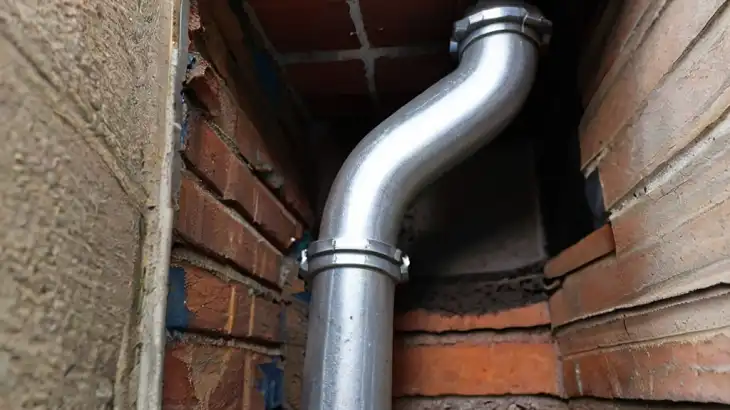
Improper Vent Design: If the vent pipe is incorrectly sized, has too many bends, or is excessively long, it can impede the proper draft needed to expel flue gases effectively.
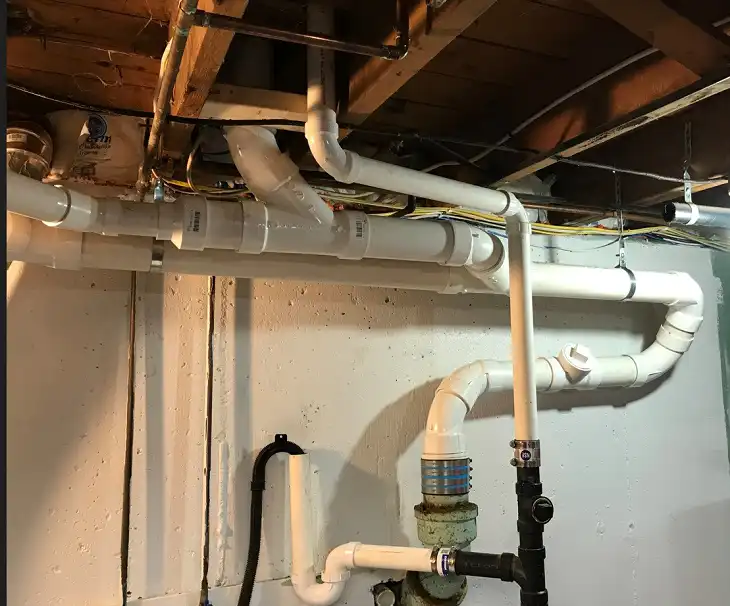
Negative Air Pressure: Homes that are tightly sealed or lack adequate ventilation can create negative air pressure, which acts like a vacuum, pulling combustion gases back into the living space instead of allowing them to vent outdoors.
Competing Appliances: Running multiple appliances that expel air from the home, such as exhaust fans, clothes dryers, or fireplaces, can create a pressure imbalance and contribute to backdrafting.
Vent Pipe Deterioration: Over time, vent pipes can corrode, develop cracks, or become damaged, leading to leaks and compromising their ability to vent properly.
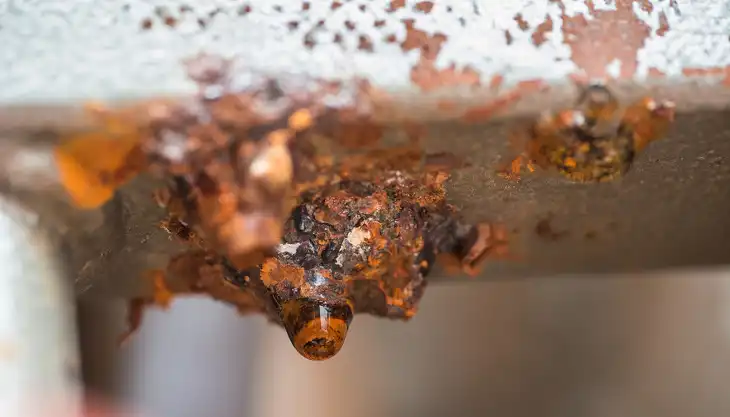
Poorly Positioned Draft Hood: The draft hood, a critical component that helps draw combustion gases up the vent pipe, can become misaligned or damaged, disrupting the proper flow of flue gases.
In short –
| Cause | Potential Solution |
| Blocked Vent Pipe | Clear obstructions, replace damaged sections |
| Improper Vent Design | Resize or reconfigure vent pipe |
| Negative Air Pressure | Improve ventilation, install air vents |
| Competing Appliances | Avoid running multiple appliances simultaneously |
| Vent Pipe Deterioration | Replace vent pipe sections |
| Poorly Positioned Draft Hood | Realign or replace draft hood |
How to Check if Your Water Heater Is Backdrafting?
If you suspect your water heater is backdrafting, it’s essential to take immediate action to ensure your safety and identify the root cause of the issue. Here are a few ways to check for backdrafting –
Visible Signs: Look for signs of condensation or rust around the vent pipe, a pilot light that won’t stay lit, unusual odors near the water heater (due to the presence of unburned natural gas or propane), etc.
Carbon Monoxide Detector: Install a carbon monoxide detector near the water heater and throughout your home. If the detector goes off, it could indicate the presence of backdrafting and the buildup of dangerous levels of carbon monoxide.
Visual Inspection: Carefully inspect the vent pipe for any blockages or damage, and check if the draft hood is properly aligned and in good condition.
How to Fix Backdrafting in Your Water Heater?
Now we’ll explore the crucial steps to take if you suspect backdrafting, such as turning off the water heater and ventilating the area, as well as long-term solutions a professional can implement to eliminate the root cause.
Steps for Immediate Action
If you notice signs of backdrafting or your carbon monoxide detector goes off, take the following immediate steps –
Step 1: Turn Off the Water Heater
Locate the gas control valve or switch and turn off the water heater to prevent further release of combustion gases.
Step 2: Ventilate the Area
Open windows and doors to allow fresh air to circulate and reduce the concentration of any harmful gases that may have accumulated.
Step 3: Consult a Professional
Do not attempt to diagnose or fix the backdrafting issue yourself as it requires professional skills. Contact a licensed HVAC technician or plumber who specializes in water heater repairs to assess the situation and implement a safe and effective solution.
Long-Term Solutions
Once you’ve taken immediate action to address the potential safety hazard, a professional technician can help identify and resolve the root cause of the backdrafting issue. Depending on the specific cause, long-term solutions may include –
Step 1: Check and Clear the Vent Pipe
The technician will inspect the vent pipe for any blockages or damage and take the necessary steps to clear obstructions or replace damaged sections.
Step 2: Improve Vent Design
If the vent pipe is improperly sized, has too many bends, or is excessively long, the technician may recommend reconfiguring or resizing the vent system to improve draft and proper venting.
Step 3: Address Negative Air Pressure
To alleviate negative air pressure, your technician may suggest improving ventilation by installing air vents or using a fresh air intake system. They may also recommend avoiding running multiple air-expelling appliances simultaneously.
Step 4: Balance Indoor Air Pressure
In some cases, installing a barometric damper or an atmospheric vent with a fan (power vent) can help balance indoor air pressure and prevent backdrafting.
Step 5: Install a Water Heater Backdraft Preventer
One effective solution is to install a water heater-specific backdraft preventer. Similar to backflow preventers used in sewer pipes, these devices form a gate-like structure that allows exhaust to pass through one way while stopping any backward airflow, effectively preventing backdrafting.
Step 6: Inspect and Align the Draft Hood
If the draft hood is misaligned or damaged, the technician can realign or replace it to ensure proper draft and venting of combustion gases.
Step 7: Upgrade to a Direct Vent Water Heater
In severe cases or if your existing water heater is nearing the end of its lifespan, your technician may recommend upgrading to a direct vent water heater. These models draw combustion air from outside and vent gases directly outdoors, significantly reducing the risk of backdrafting.
End Note
Backdrafting in a water heater is a serious issue that should never be taken lightly. Not only does it pose severe health risks from carbon monoxide exposure, but it can also lead to property damage if left unaddressed. By understanding the causes, recognizing the signs, and taking immediate action, you can protect yourself and your family from the dangers of backdrafting. Let us know if you have any questions regarding this in the comment section.
Frequently Asked Questions
Can backdrafting occur in electric water heaters?
No, backdrafting is specific to gas-fired water heaters that vent combustion gases. Electric water heaters do not have venting systems and are not susceptible to backdrafting.
How often should I inspect my water heater for backdrafting?
It is recommended to have your water heater inspected annually by a qualified technician, who can check for potential backdrafting issues and ensure proper venting. However, if you notice any signs of backdrafting, contact a professional immediately.
Can opening windows help prevent backdrafting?
Opening windows can help alleviate negative air pressure in the home, which can contribute to backdrafting. However, it is not a permanent solution and should be combined with other measures to address the root cause of the issue, such as improving ventilation or addressing vent pipe problems.

